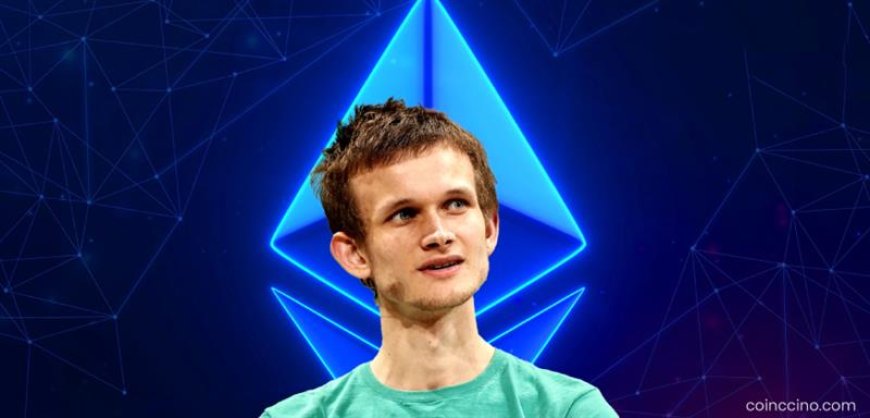Vitalik Buterin Defends Ethereum’s 45-Day Unstaking Queue, Calling It Part of Security Trade-Off
Ethereum co-founder Vitalik Buterin has responded to criticism—particularly from Galaxy Digital’s Head of DeFi, Michael Marcantonio—of the network’s long staking exit queue (around 45 days). Buterin argued that this delay is intentional, likening unstaking to a soldier leaving an army: a solemn duty which requires commitment and makes sudden exit risky for network security. He acknowledged the queue isn’t ideal but warned that reducing waiting periods could undermine the chain’s integrity.

Market Context
Staking is a key pillar of Ethereum’s proof-of-stake model. As institutional participation increases, delays around withdrawing staked ETH draw scrutiny, especially when compared to chains like Solana which enable much shorter unstaking times. The debate taps into larger questions around security vs liquidity in staking, and how the network will scale while maintaining trust and decentralization.
Technical Details with Attribution
- Exit Queue Length & Size: Roughly 2.49-2.50 million ETH is in Ethereum’s staking exit queue, with an estimated waiting time of 43-45 days to withdraw. Entry queue activation delay (for staking) sits at ~8 days.
- Security Trade-Off Argument: Buterin compared staking to serving in an army—leaving should have friction to prevent destabilization. He argued that validators who leave suddenly or too easily can weaken network security, especially nodes that aren’t always online.
- Criticism & Community Reaction: Galaxy Digital’s criticism was called out as “troubling” by Marcantonio; his posts were later deleted after community backlash. Many in the ecosystem defended Ethereum’s staking system as well-conceived, though calls for optimization persist.
- Current Network Stats: Ethereum has over 1 million active validators and ~35.6 million ETH staked, representing about ~30% of total ETH supply.
Analyst Perspectives
Analysts generally see Buterin’s defense as reinforcing Ethereum’s long-term security posture. The strategic decision to include waiting periods is viewed as a prudent safeguard rather than an arbitrary hurdle. However, some warn that long wait times can deter certain institutional or retail actors who prefer liquidity. There is also concern that too much friction may push users toward faster unstaking chains, unless Ethereum balances its security model with improved UX and perhaps partial unstaking innovations.
Global Impact Note
Ethereum’s unstaking queue debate has implications beyond just ETH holders. It touches on trust in blockchain security models globally, especially as more financial institutions consider staking and using PoS chains. How Ethereum handles unstaking delays may influence regulatory perceptions, institutional adoption, and cross-chain comparisons for staking services. Chains with shorter exit times may gain competitive advantages, unless Ethereum can demonstrate that long waits translate into greater stability and lower risk.